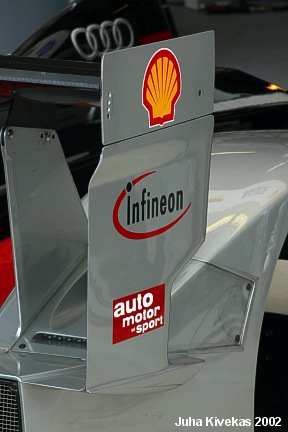Howard Jones
Supporter
Well there you go! the same mistake the probe to Mars guys made! Metric/English conversion error. Ya that makes sense doesn't it. Pretty small pump to pump out three 55 gal drums a min. In any case the comparisons do stand up abet with the proper values.
I did some reading on cavitation and found this one that I especially thought helped me understand our mid engine race car problem. Where it mentions velocity think impeller speed and the consideration of head height is really the most improvable variable along with reducing the number of tight radius turns and restrictions in the piping systems.
http://www.ewp.rpi.edu/hartford/~ganzs/FW/Project/FW_Project_Report Cavitation.pdf
I did some reading on cavitation and found this one that I especially thought helped me understand our mid engine race car problem. Where it mentions velocity think impeller speed and the consideration of head height is really the most improvable variable along with reducing the number of tight radius turns and restrictions in the piping systems.
http://www.ewp.rpi.edu/hartford/~ganzs/FW/Project/FW_Project_Report Cavitation.pdf









































